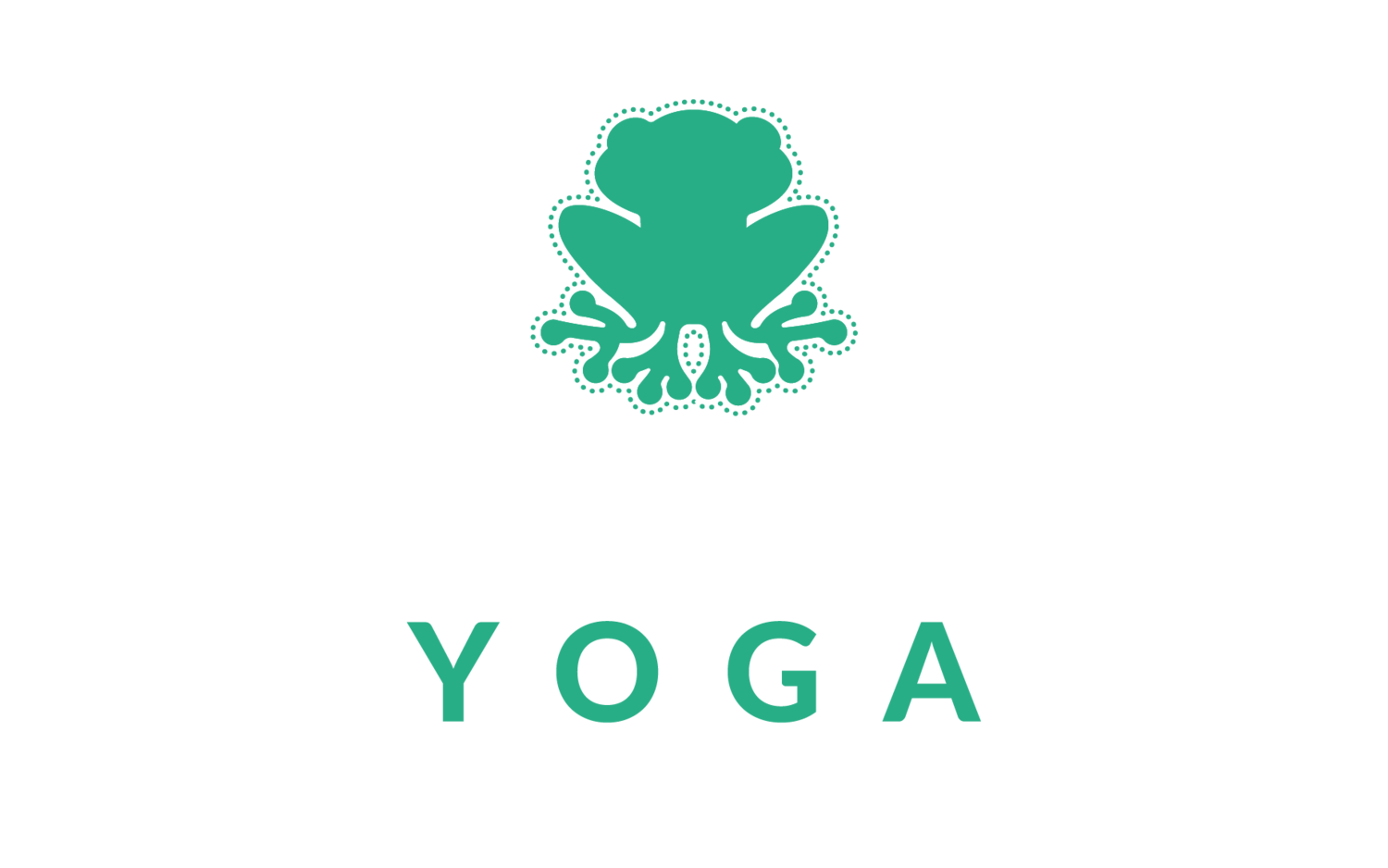My nose, i have been told many a time i have a very large snout hahah, all the better for breathing with i think
Nasal functions: Nasal concha
I am doing little series on the nose's functions and why we should be breathing through it.
A great place to start is part of the nasal anatomy called Nasal concha, or the nasal turbinates. These contain various tissues, and we tend to have three pairs of them. The septum separates each pair (the middle bit of the nose coke heads lose when they snort too much).
From the pictures, you can see that they are a teardrop shape that hangs down, separating the nasal cavity into passages: the inferior, middle and superior. Weirdly, the big ones are called the inferior and the small ones the superior (obviously, the middle ones are the middles ones!), but this is more to do with their position - its anatomy speak.
The inferior ones (the big one nearer the nasal entrance) are super important because they help direct the inhaled air, humidifying it and filtering it as it passes towards the back of the cavity and into the lungs. The middle and superior one protects other structures and performs similar roles as the inferior ones. Their shape and position create a large surface area within the nose, allowing the air we breathe to circulate over the mucosal membrane.
The nasal mucosa is made up with a whole bunch of tiny hair-like structures called cilia. Even with a shallow blood supply, it helps to heat (32-34 degree c), filter (more on that in a minute) and humidify the air (to 98% water saturation) as it is inhaled and passes over them. This makes it much easier for the lungs to deal with as it passes down from upper to lower respiratory system.
Remember the filtering? The mucous and cilia that partly make up the concha are the bodies first line of defence against airborne pathogens. They help catch them before they reach deeper into the body, using mucous (like a sticky fly strip) and the cilia (a bit like a sea anemone). All of this works together with the lymphatic system to kill the pathogens caught.
Now here's the question - did you know that your schnoz concha has erectile tissue within their make-up? It plays a massive role in the nose becoming congested and then decongesting depending on, and in response to, the weather and what is going on within your body.
Some of you yoga lot will know that the nose cycles through a partial congestion/decongestion somewhere between 90-150 minutes. In India, I remember hearing people say that Pattabhi Jois said that if your right nostril was congested, that meant you had to wait the 90 minutes for the cycle to change and your right nostril to be clear and the more energetic side to be open (I'm not sure he had a paper on that one, but maybe you can use it to avoid having sex tonight if you need it ). I will do a post in more detail about this nasal cycle and why in yoga, we do an alternative nostril breathing soon.
Something else you may not know about is a condition called honeymoon rhinitis. When you and your partner are getting it on, you may get congested and have no idea why. Well, your body is getting all sympathetically driven and excited for the sexy time, but your body doesn't seem to be able to differentiate between the erectile tissue in your pants and that in your nose.
Once you are done, and the body calms down, and the erectile tissue of the concha becomes less engorged (what a word) you become decongested again. Now, I mentioned earlier about the increased surface area the concha gives the nose and how this helps with filtration/humidity and warmth of the air, but it also increases your sense of smell by keeping the nose moist, in particular a little area at the top of the nasal cavity, which is related to a system called the olfactory system, which is all to do with odour.
Finally, there is an inadvertent connection between the nasal concha and the bronchi/respiratory muscles, including the intercostals and the diaphragm, via some reflexes that regulate our breathing.
So, you see, these things that have evolved within the organ on the front of our faces are FUCKING important. It's funny, to me being a "mouth breather" this has always seemed somewhat of a diss...kind of like a window licker...yet the majority of the people I work with mouth breathe for the majority of their daily lives.
All the things I have put in this post is NOT happening when you breathe through your mouth. Cold, dry air causes the lungs to constrict, to narrow...I am sure you can see how that would make breathing harder, especially if you are asthmatic or have other underlying pathology.
Look out for more posts soon. We'll dive deeper into more functions of the snout and its anatomy and why we really should be nose breathing and not mouth breathing for the majority of our lives.



